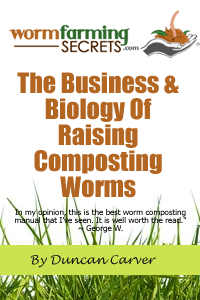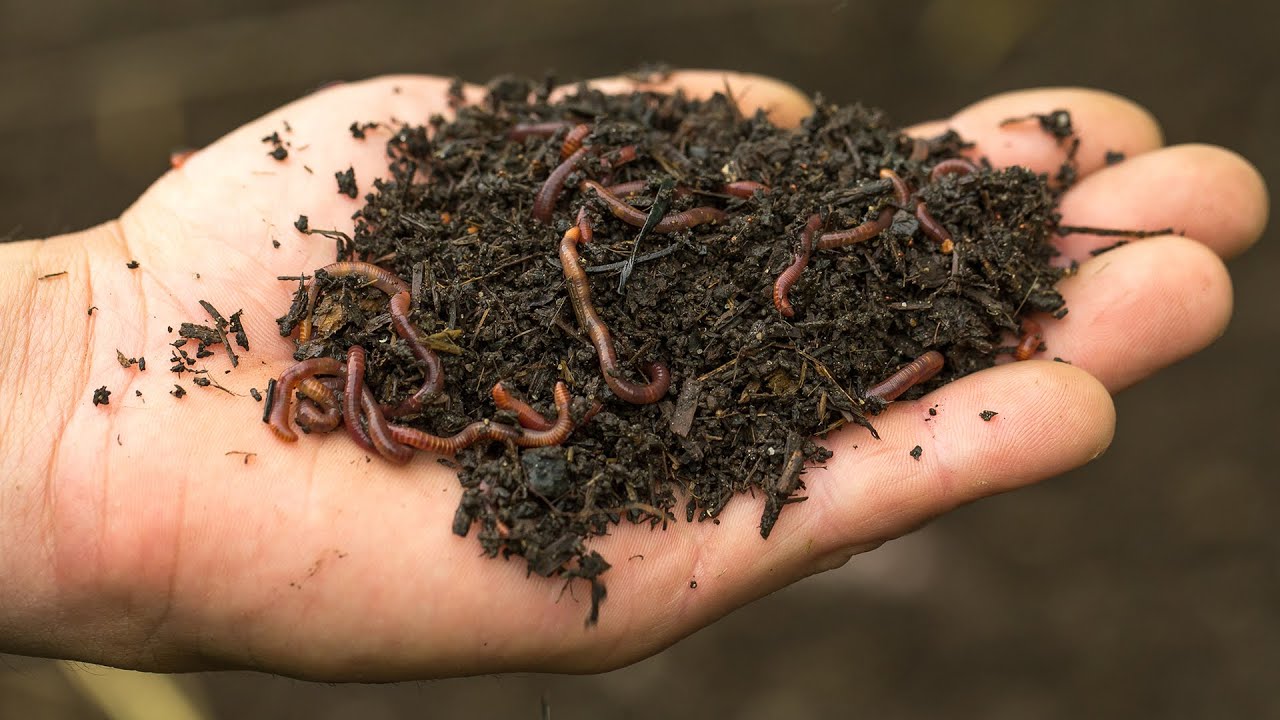“I’m considering scaling up my backyard worm composting setup into a commercial worm farming operation. However, I’m concerned about the potential challenges I might face and how to manage them. I’d love some insight into these common challenges and how to effectively deal with them to make the business profitable and sustainable in the long term. Any advice or tips would be greatly appreciated!” Thanks, John, Boston, USA.
Common Challenges In Commercial Worm Farming
Hey John, scaling up from a small backyard setup to a commercial worm farming operation is a big step, and it comes with its own set of challenges. But don’t worry, with some planning and knowledge, you can navigate through these hurdles. Let’s go through some of the common challenges and how to address them effectively.
1. Managing Space and Scale
The transition from a small setup to a commercial scale can be daunting primarily because of space. A larger scale operation will naturally require more space, and finding an appropriate location that meets your needs is essential.
- Land Requirement: Ensure you have enough space for the worm beds, processing area, and storage. Industrial areas or farmland might be good options.
- Layout Planning: A well-organized layout can help in managing the daily operations smoothly. Plan areas for feeding, harvesting, compost storage, and waste processing.
- Environmental Control: Control over temperature, moisture, and lighting is crucial. Setting up a shed or greenhouse can help in maintaining optimal conditions for the worms.
2. Maintaining Optimal Conditions
Maintaining the right conditions for the worms is crucial for their health and productivity. The common factors you need to monitor are temperature, moisture, and bedding material.
- Temperature: Worms perform best at temperatures between 55°F and 77°F. Summer heat or winter cold could be challenging. Insulated environments or temperature control systems can be considered.
- Moisture: Worm beds need to be moist but not waterlogged. Aim for moisture levels similar to a wrung-out sponge. Automated watering systems can help maintain consistent moisture.
- Bedding: Use organic and non-toxic bedding materials such as shredded paper, cardboard, and coco coir. Regularly check and refresh the bedding to keep it aerated and free from pests.
3. Feeding and Nutrient Management
Feeding worms with the right waste material and managing the nutrient balance is crucial. Improper feeding can lead to issues like odors, pests, and poor worm health.
- Organic Waste: Use a balanced mix of green (nitrogen-rich) and brown (carbon-rich) materials. Avoid meat, dairy, and oily substances as they can create an imbalance and attract pests.
- Pre-treatment: Pre-treating or pre-composting the waste material can make it easier for the worms to process and can reduce the risk of pest infestation.
- Feeding Schedule: Establish a consistent feeding schedule. Overfeeding can lead to unprocessed waste and underfeeding can slow down the composting process.
4. Pest and Disease Management
Commercial worm farms are prone to pest issues and diseases, which can affect worm health and productivity. Prevention and control measures should be put in place.
- Pests: Avoid attracting pests like mites, flies, and rodents by maintaining a clean environment, using proper bedding, and controlling the type of feed given to the worms.
- Diseases: Diseases in worm farming can be curbed by ensuring good hygiene practices, regular monitoring, and isolating affected beds if necessary.
- Natural Predators: Introduce natural predators like beneficial nematodes to control problematic pests.
5. Harvesting and Processing
Harvesting the worm castings and processing the compost can be labor-intensive and time-consuming. Automation and planning can make this process efficient.
- Separation Methods: Use methods like manual sorting, mesh screens, or mechanized separators to efficiently separate worms from the finished compost.
- Compost Quality: Ensure the compost is thoroughly processed and screened for quality before packaging and sale. High-quality, contaminant-free compost will be more marketable.
- Productive Uses: Besides vermicompost, consider harvesting worm tea or worms for bait. Diversifying your product range can also increase profitability.
6. Market and Sales
Finding a sustainable market for your compost and worm products can be challenging initially, but a good marketing strategy can make a substantial difference.
- Market Research: Identify potential customers such as organic farmers, gardeners, nurseries, and local markets. Understand their needs and preferences.
- Branding: Create a unique brand that emphasizes the quality and benefits of your products. Use attractive packaging and clear labeling to stand out.
- Sales Channels: Utilize online platforms, local farmer’s markets, and direct sales to reach customers. Building a strong online presence can significantly expand your reach.
7. Legal and Regulatory Compliance
Operating a commercial worm farm requires compliance with local regulations and environmental laws. Understanding these regulations is critical to avoid legal issues.
- Permits and Licenses: Check for any necessary permits or licenses required to operate a worm farm in your area. This could include waste handling permits, organic certification, and business licenses.
- Environmental Impact: Ensure your operations do not negatively impact the environment. Implement sustainable waste management practices and adhere to local guidelines on waste disposal.
- Record Keeping: Maintain detailed records of your operations, including waste sources, production volumes, and sales. This can be helpful for regulatory compliance and business management.
8. Financial Management
Managing finances effectively is crucial to the success of your worm farming business. It involves budgeting, cost management, and securing funding.
- Initial Investment: Budget for initial setup costs including land, equipment, worms, and initial operating expenses.
- Cost Management: Track ongoing expenses for feed, labor, utilities, and maintenance. Look for cost-saving opportunities like bulk purchasing and energy-efficient solutions.
- Funding and Loans: Explore funding options like agricultural loans, grants, or investor support. Present a strong business plan to potential lenders or investors.
Final Thoughts…
John, transitioning to a commercial worm farming operation requires careful planning and management, but it can be a rewarding venture. By addressing the common challenges discussed—such as spacing, conditions, feeding, pest management, and financial management—you can set your operation on a path to success. Focusing on maintaining optimal conditions for your worms and keeping a close eye on market trends will help you build a sustainable and profitable business.
Thanks for reaching out with your question. Remember, persistence and adaptability are key. Good luck with your worm farming journey!
Indoor Worm Composting



